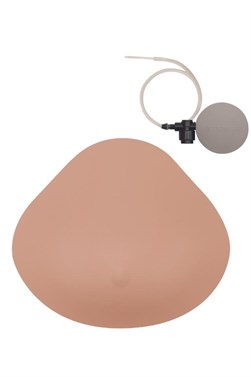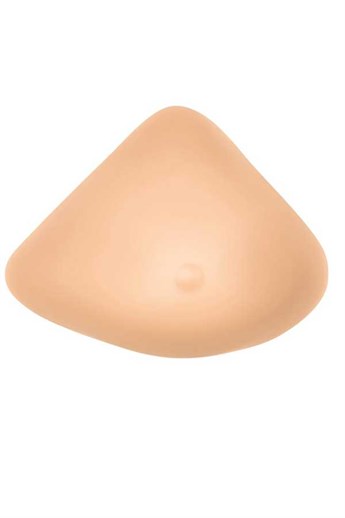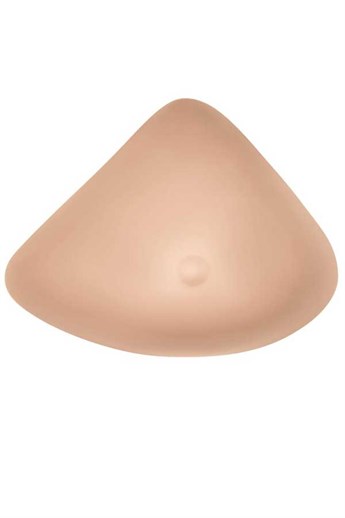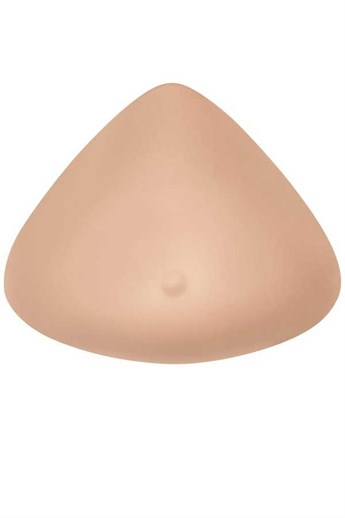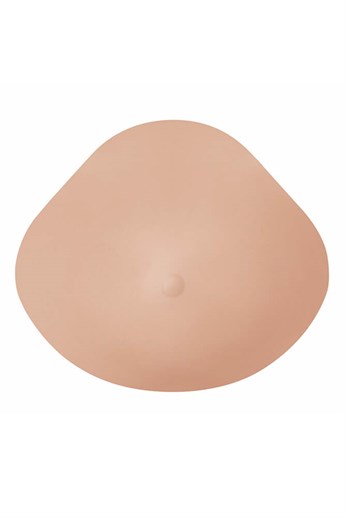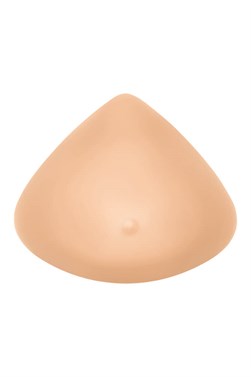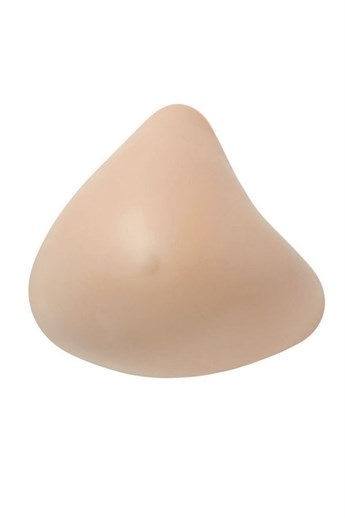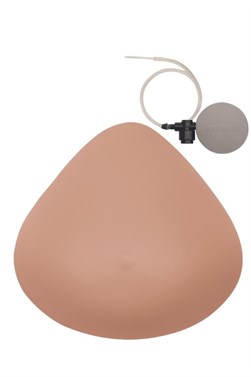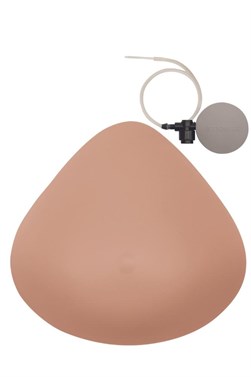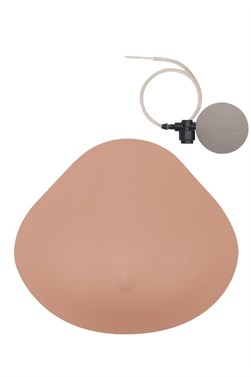Benefits of Swimming After Breast Surgery
Dive in! You can and should swim after breast surgery. Get our swimming tips.
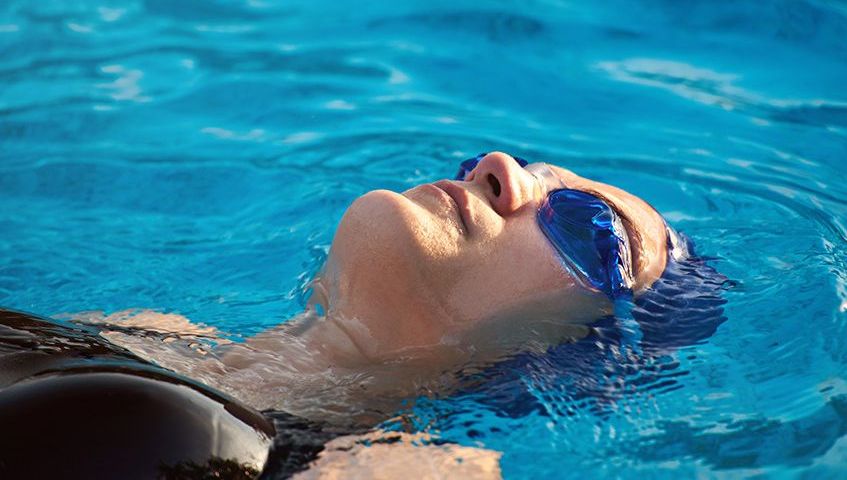
Can I Swim After my Mastectomy?
The answer is a resounding “yes.” Because it’s so gentle, swimming after breast surgery is an excellent way to exercise all your major muscle groups and avoid muscular atrophy that’s sometimes seen in post-surgical patients who remain sedentary for prolonged periods.
When the doctor says it’s okay to begin moderate exercise, swimming is one of the best first steps. Many doctors and swimming experts endorse it as one of the safest and most comfortable ways to get back into exercise.
“One of the big plusses of swimming comes from the magic buoyancy of water. There is no pressure or strain placed on the muscles and joints,” says Jane Katz, Ed.D., professor of health and physical education at John Jay College at
Swimming strengthens muscles and burns calories
After breast surgery, you’re likely to have a slightly different centre of gravity, and you’ll have
Burning calories is great for the post-chemotherapy weight gain some women experience. Yet, for many women, high-impact sports such as running can be uncomfortable, and even risky if you fall. Swimming and water exercises, on the other hand, can help you exercise to burn calories gently and safely. Unlike tennis or other competitive sports, you can swim alone, at a pace you set, and stop when you feel tired.
5 tips for swimming after breast cancer surgery:
- Do no more than 20 minutes of any stroke. The dog-paddle is good for upper-body conditioning.
The breaststroke is a relaxing option, helpful for toning and stretching leg muscles. The backstroke helps strengthen back muscles. The sidestroke may work well after a lateral mastectomy (working the opposite arm). The butterfly stroke is strongly discouraged since it is very strenuous and requires an arched back. - Always do warm-up and cool down stretches. Five minutes of each. These can be done both in and out of the pool. You can sit at the edge of the pool and kick water or stretch your calf muscles. In the pool, you can do a slow walk or jog to help your body adjust to the water. Avoid overstretching your surgical site.
- Don’t overheat. Changes in your body may make it less adaptable to heat so always be careful. If you live in a warm climate and swim outdoors, swim in the early morning or later in the day to avoid the hottest part of the day. Make sure you drink water before and after your swim.
- Don’t overdo it. If you feel tired, then stop. You should be relaxed, not enervated. Now is not the time to rev up your target heart rate.
- Before starting this or any exercise program, always check with your doctor. If you aren’t a swimmer, don’t start now with 50 laps of breaststroke. Instead, try gentle water exercises, such as arm circles and wall push-ups, that will give you many of the same benefits.
Can I wear a regular swimsuit?
Again, the answer is yes. If you have had reconstructive surgery, your swimwear should still fit and will support your breasts while swimming. If you wear breast prostheses, there are lots of pocketed swimwear options available that are every bit as beautiful as you’re used to. These can hold either a regular silicone breast

Chlorine and salt water won’t damage your breast form — but be sure to rinse it (and your swimsuit) in fresh water after you swim. If left unwashed, chlorine and salt will break down the silicone.
What about the hot tub, sauna or Hammam?
Lots of women ask us about using hot tubs and saunas with their breast forms. Here are our recommendations:- The highest safe temperature for a silicone breast form is 60°C (140°F). Take care to know the water temperature before using a hot tub or sauna.
- Typical Hammam temperature is around 50°C (122°F), which is acceptable for a breast form, including Aqua Wave.
- Avoid sulfur baths. Your breast form will absorb the smell and colour.
- Aqua Wave breast form is highly recommended for swimming and spa.





